How to Prepare for a Cyber Pandemic in 2024
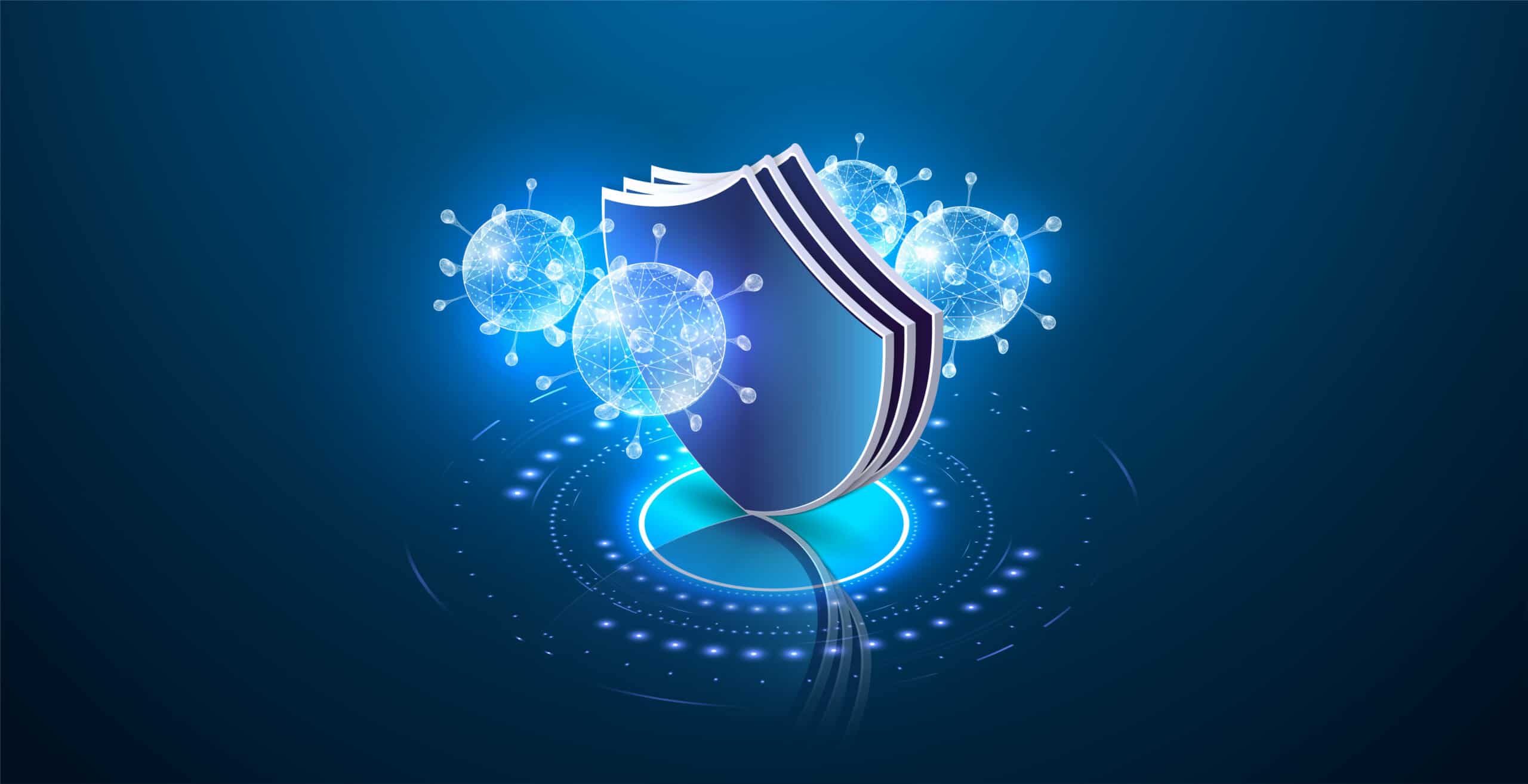
Ever clicked on an innocent-looking email or link, only to later discover that it was malicious software set by cybercriminals?
Cyber threats aren’t just about the occasional scam email or suspicious pop-up. They have the potential to escalate into massive, global crises known as cyber pandemics. These digital disasters have the potential to compromise personal data, drain bank accounts, and even send entire nations into chaos.
But before you start envisioning a dystopian future where we’re all ruled by rogue AIs, take a deep breath. With the right preparation and awareness, you can easily safeguard your digital life against the threat of a cyber pandemic.
And this is what this article is all about: a lean and straightforward guide to achieving that priceless peace of mind, knowing that if a major global cyber incident occurs, you are not only aware of the security risks but also ready to face the challenge.
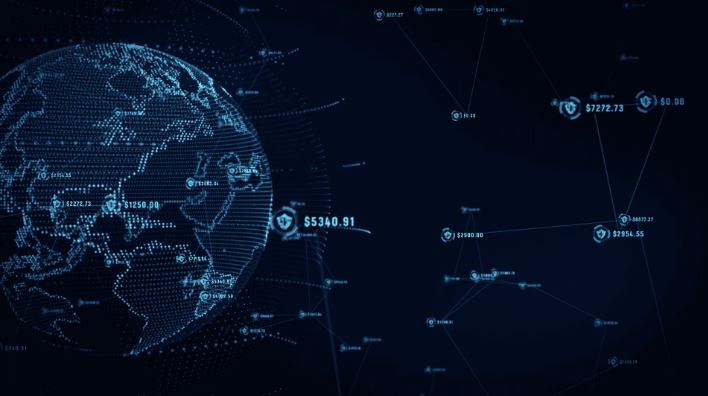
What is a Cyber Pandemic?
A cyber pandemic refers to a widespread and coordinated cyber attack that can potentially disrupt global digital infrastructure and the physical systems connected to it.
This includes internet services, financial systems, telecommunications, personal data repositories, transportation, power grids, supply chains, and so much more.
Unlike traditional malware or isolated cyber attacks, a cyber pandemic can have cascading effects, impacting multiple sectors simultaneously.
Reasons You Need to Know About Cyber Pandemic Preparedness
In our increasingly digital world, being unprepared for a cyber pandemic can have serious consequences.
And I can talk about this from personal experience, but in a smaller scale, since a few years ago I was a victim of a ransomware attack in a 24/7 hospitality business with over 100 employees.
You might be aware that some public and private organizations, but also State actors like the Russian Government, China, Iran, North Korea and a few other countries, have been increasingly sponsoring a diversified range of criminal activities in cyberspace, from espionage to disinformation campaigns, and intellectual property theft.
The technical sophistication of these crimes has been ramping over the years, so the likelihood that some of these threat actors will one day identify and pursue cybersecurity vulnerabilities to cause global instability in cyberspace is quite significant, potentially aiming at:
Personal data breaches: Your private information can be stolen and misused.
Financial disruptions: Banking and online payment systems can be compromised.
Service outages: Essential services that rely on digital infrastructure, like energy supply, can be halted.
Loss of communication: Communication networks can be disrupted, isolating individuals.
Given the gravity of these threats and their risk of coming to fruition, preparing for a cyber pandemic seems like a wise step.
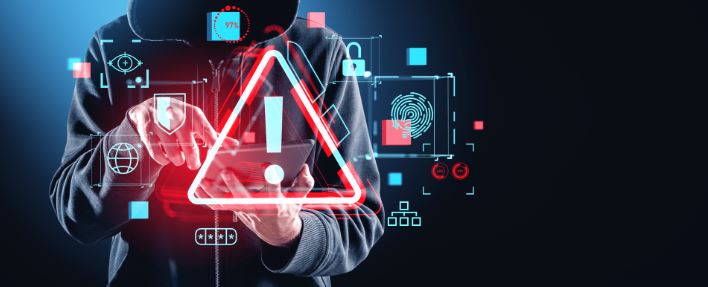
Step-by-Step Instructions to Prepare for a Cyber Pandemic
There are plenty of measures you should take to prepare yourself against the chaos that could unfold in a cyber pandemic, but they can simplified into two primary components: following best practices in digital hygiene and developing a plan that enables you to reduce your dependency on critical infrastructure potentially affected by the cybercriminals.
Secure Access
Backup Important Data
Update and Patch Regularly
Educate and Stay Informed
Virtual Private Network
Reduce Dependency on Critical infrastructure
Secure Access
First of all, be sure your computer has appropriate Anti-virus software that is continuously updated and can detect and kill a wide range of threats.
Either as a part of that software, or as a stand-alone, it is also very important to get a password manager. You should have strong and unique passwords to protect your data, sensitive information, and personal devices, thereby reducing the likelihood of cyber criminals getting a hold of your emails, e-banking, deleting data, identity theft, and others. When possible, it is also advisable to get multi-factor authentication.
On top of that, you should always think twice before clicking on suspicious links and attachments and before providing any sensitive information, even if the request seems to come from a friend or relative. Remember that cybercriminals are becoming increasingly sophisticated and often try to impersonate other people.
If you are hesitating about a specific link, there are online resources like Virus Total or Googles’ Safe Browsing where you can easily insert the link and find out if it’s safe.
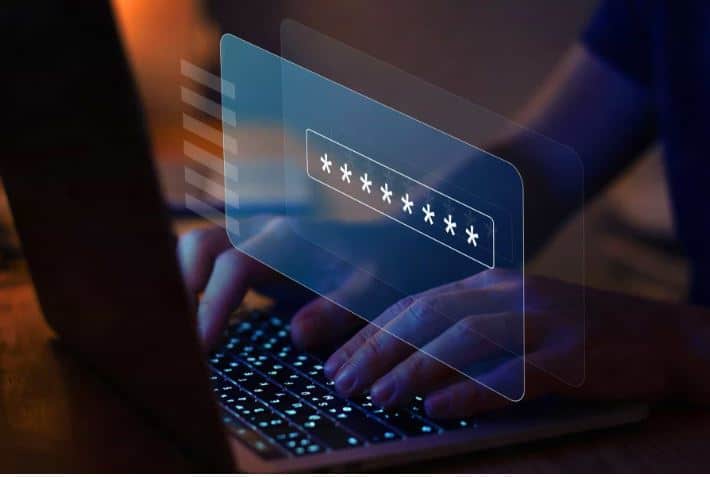
Backup Important Data
Taking advantage of today’s internet technologies like cloud computing is perfectly understandable, both for businesses and personal use.
But everyone should regularly backup their essential data to an external hard drive and then disconnect that device from the computer, considering that cloud services (or even your general Internet access) could potentially be disrupted in a cyber pandemic scenario.
Transfer your documents, images, videos, contacts, email data files, passwords, and other critical files.

Update and Patch Regularly
Computers are amazing machines, but one thing’s for sure: they need regular maintenance.
Keep your software updated, especially the operating system and security software like anti-virus and firewall.
This is very important because failing to execute those regular updates can leave the system with vulnerabilities that hackers will be happy to exploit.
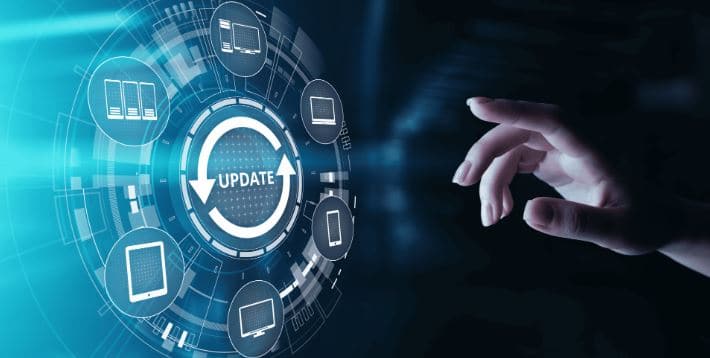
Educate and Stay Informed
Be aware of the latest cyber threats and phishing emails. If you’ve heard about someone who fell into a specific trap, you will surely avoid making the same mistake.
Also, try to educate your family and friends about the importance of ensuring good digital hygiene with these cyber technologies and to avoid those phishing scams that arise from security breaches.
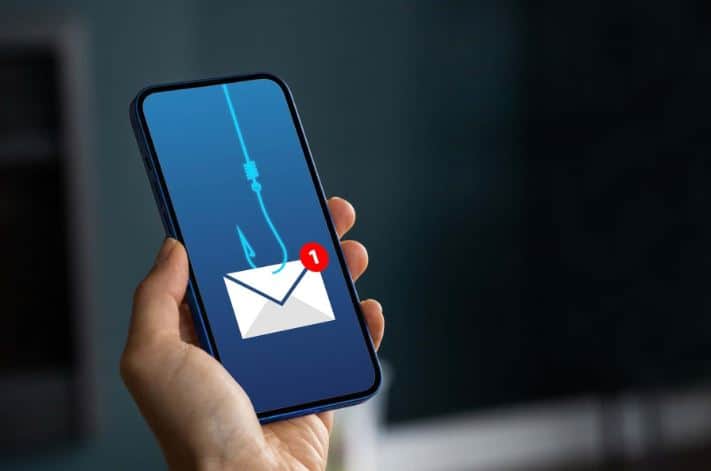
Virtual Private Network
Having a VPN can be another line of defense against cyber criminals, and it is especially important during a cyber pandemic when threats can multiply.
The VPN encrypts your internet connection, masking your IP address and making it more difficult for cybercriminals to track your online activities or intercept sensitive data.
This added layer of security is crucial during a cyber pandemic, as it helps protect against a variety of threats, including phishing attacks, identity theft, and unauthorized data access.
By rerouting your internet traffic through secure servers, a VPN ensures that your personal and professional information remains confidential, reducing the risk of cyber-attacks that are more prevalent during such high-risk periods.
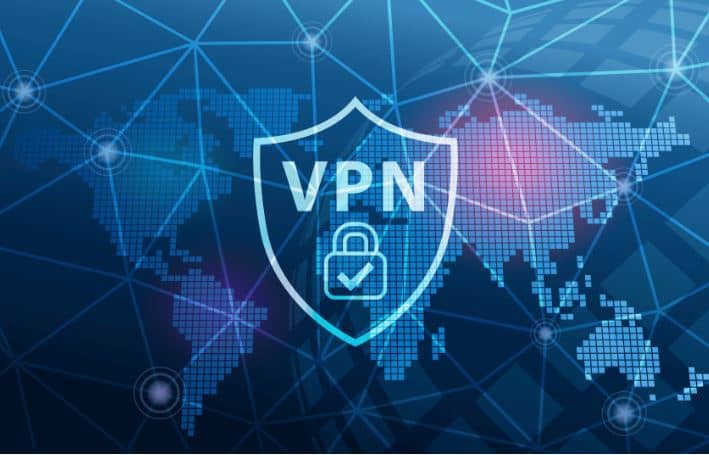
Reduce Dependency on Critical Infrastructure
In case of severe cyber security disruptions, you may need to be prepared with a plan to reduce your dependency on critical infrastructure.
Remember that the entire cyberspace may be down or that security breaches can be more targeted while affecting essential areas of your life like your bank systems, the local power grid, government agencies, or even some specific public or private companies (take the Colonial Pipeline for example, which supplies the East Coast with more than 50% of its fuel, and in May 2021 suffered a ransomware attack that caused a six-day complete shutdown of its operations).
This means that you should diversify your assets (eg. have a good reserve of cash and gold in a safe location instead of having it all distributed between the bank and cryptocurrencies), a list of essential contacts on a piece of paper, and seriously consider developing some off-grid capacity.
An obvious off-grid investment is in a photovoltaic system with a storage battery. Not only will it allow you to save on your current energy costs and contribute to improving the environment, but it will also potentially provide you with a tremendous future advantage if there’s a disruption in energy supply. A generator is also an option, but getting fuel could be tough in a chaotic cyber pandemic scenario.
When possible, an artesian well could also be a good investment since the water supply would likely also be a target for this kind of cyber activity.
Key Considerations For Cyber Security
The digital landscape continuously evolves, so you should regularly review your cybersecurity measures, stay updated on the latest threats, and practice safe online best practices.
The Role of Public and Private Sectors in Cybersecurity
Both the private sector and the public sector play pivotal roles in shaping the cybersecurity landscape.
As cyber threats evolve, collaboration between these sectors becomes essential in creating a stronger defense against hackers.
Their combined efforts can help prevent data leaks and ensure the security of sensitive information.
The Growing Threat of Social Engineering in the Digital Age
In the scope of cybersecurity threats, social engineering stands out as a particularly insidious tool.
Hackers often exploit employees through deceptive tactics, gaining unauthorized access to systems.
With the rise of remote work during the COVID-19 pandemic, the threat has only intensified, emphasizing the need for heightened awareness and training.
Small Businesses: Vulnerable Targets in the Digital Marketplace
With the rapid growth of e-commerce and digital platforms, small businesses find themselves at increased risk of cyberattacks.
Often lacking the robust security systems of larger organizations, they become prime targets for cybercriminals looking to exploit vulnerabilities.
Cloud Computing: A Double-Edged Sword
While cloud computing offers businesses flexibility and scalability, it also presents new challenges in cybersecurity.
Ensuring secure access and control over data in the cloud is critical. As more and more companies migrate online, the survival of businesses may depend on the knowledge they gather about cloud security.
And don’t forget how important it can be to have a reliable offline external hard drive.
The Front Lines of Cyber Defense: Employees Matter
Employees often find themselves on the front lines of cyber defense.
Their actions, whether opening an email or downloading an attachment, can either prevent or invite an attack.
As such, continuous training and awareness campaigns are crucial in ensuring that every employee understands their role in the broader cybersecurity strategy.
Cryptocurrencies: Securing Your Digital Wallet
The rise of cryptocurrencies has introduced new challenges in cybersecurity. As digital currencies become more prevalent, they attract the attention of cybercriminals, making them a critical focus during a cyber pandemic.
The decentralized nature of cryptocurrencies offers great benefits in terms of security, but it also means that users must protect their digital wallets from sophisticated phishing attacks, malware, and scams.
You should use hardware wallets for storing cryptocurrencies, enable multi-factor authentication on all digital wallet and exchange accounts, and stay informed about the latest security threats in the crypto space.
Regular updates and backups of wallet information are also crucial to prevent loss or theft.
Taking it to the Next Level: Advanced Cyber Preparedness
Merely relying on basic security measures might not be enough to protect yourself from the threat of a cyber pandemic, so you should consider taking some cybersecurity courses or certifications.
As e-commerce and business operations become more integrated with the internet, it may also be relevant to stay ahead of potential threats by actively participating in cybersecurity communities.
And if things really take a turn for the worst, make good use of your survival kit.
Cyber Pandemics: The Digital Boogeyman or Genuine Threat?
In recent years, the debate around cyber pandemics has intensified.
While some dismissed it as mere digital folklore, the COVID-19 pandemic brought a stark realization: cyber pandemics aren’t just a possibility; they’re already here.
The private sector, with its vast array of companies, has been witnessing an impressive surge in targeted attacks by hackers. And the world watched as security systems, previously deemed secure, failed to defend against these threats.
These vulnerabilities became gradually more apparent with the internet connecting government, business, and private citizens.
Well-known US government acronyms like DHS, DoD, the FBI, NSA, DOJ and other government agencies have been at the forefront of internet security, given the potential impact on national security.
Over the last few years, it has become increasingly clear that a cyber pandemic isn’t just a boogeyman. Rather it is a genuine threat that’s already showing preliminary signs of the havoc it can cause across the globe.
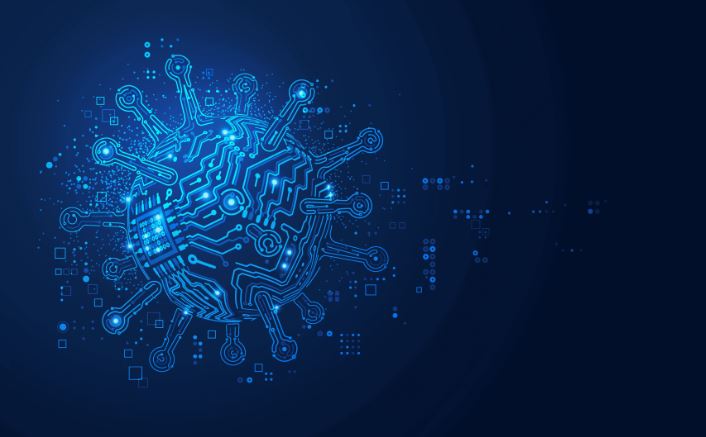
Wrapping Up and My Experience With Cyber Pandemic Preparedness
The digital age definitely has its set of new challenges, but what I personally learned in the aftermath of the nefarious ransomware attack I suffered in my hospitality business, is that with the right knowledge and a few tools, we can protect ourselves.
The COVID-19 pandemic underscored how interconnected our network of systems is and how a disaster situation in one part of the world can ripple through the internet and affect companies and individuals globally.
It also brought to light the vulnerabilities in our digital infrastructures. Hackers saw opportunities and increased their attacks, targeting both business entities and government bodies.
The role of governments in ensuring global security cannot be overstated. There’s significant work behind the scenes to fend off threats and keep our digital world secure.
However, it’s not just up to them. Organizations, big and small, also have a part to play in bolstering their defenses, ensuring their computers and systems are updated and under control while educating their workforce about potential threats.
And regular citizens like you and me must also take action at home.
My journey into cyber preparedness has taught me that while the digital realm offers immense convenience, it also demands vigilance. And it’s really not that complicated or hard, it just requires some discipline.
Stay safe, stay connected, and make sure you’re always one step ahead of potential threats from hackers.
Check out our other Blog posts, and don’t hesitate to reach out.
FAQ
What should you do to prepare for a cyber pandemic?
Have strong and unique passwords, avoid opening suspicious links and attachments, install an Anti-virus and a VPN, get multi-factor authentication where available, make some backups, update your software, and… stay informed!
What should I stockpile in case of a cyberattack?
A week’s worth of varied food and bottled water. And if applicable, medication and pet food.
What do the majority of cyberattacks involve?
Between 80 and 90% of cyberattacks begin with phishing, which is a scam where attackers deceive people into revealing sensitive information or installing malware such as ransomware.
How should organizations prepare for cyber threats?
Organizations should implement robust security measures to secure remote connections, enhance cloud security and implement strong authentication for IoT devices. And they should train their staff on how to detect and avoid phishing attempts.




